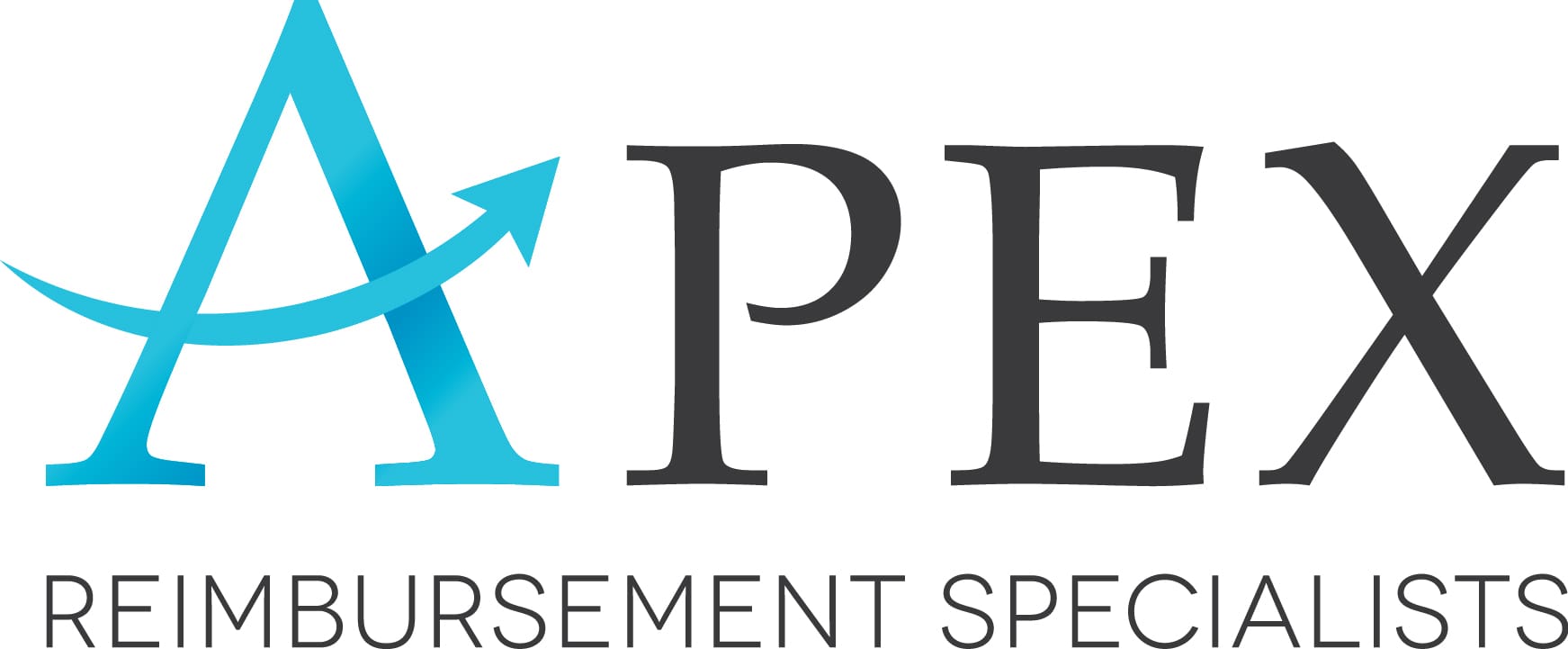Without regular revenue cycle health assessments, it’s virtually impossible to know how your dental practice is doing. After all, your bank account can be full and your chairs can have patients in them, but that doesn’t mean that you’re doing as well as you could be. There are several key metrics that you should regularly examine to assess the financial health of your dental practice.
Days in Accounts Receivable (A/R)
One of the most critical metrics to keep an eye on is the number of days that revenue remains in accounts receivable. How long does it take for your dental practice to collect payment after services are rendered? A higher number of days in A/R indicates delays in payment, which can strain cash flow and increase the risk of uncollectible accounts.
Net Collection Rate
Your practice’s net collection rate shows the percentage of collectible revenue that your practice is actually receiving. The net collection rate is a key indicator of how effective your billing processes are and how well your practice is managing write-offs and adjustments. A low collection rate suggests that you are missing out on revenue due to billing errors or uncollected patient balances.
Claim Denial Rate
The claim denial rate measures the percentage of insurance claims that have been denied by insurance providers. High denial rates often lead to delayed payments and increased administrative workload, as denied claims require additional effort to correct and resubmit. There are many reasons why your claim denial rate might be high, so working with a third party to assess the problem is a good idea.
First Pass Resolution Rate (FPRR)
The first pass resolution rate measures the percentage of claims that are successfully processed and paid on the first submission. A high FPRR indicates that your practice is submitting accurate claims with correct information. This will lead to faster payments and a reduced burden on your staff. If you have a poor FPRR, it is time to find the holes in your claim submission process.
Cost to Collect
The cost to collect metric calculates the total cost associated with collecting payments at your dental practice, including things like salaries, software, and other administrative expenses. Cost to collect can help you assess the efficiency of your revenue cycle management processes and determine whether or not your collection processes are cost-effective.
Simplify Revenue Cycle Health Assessment with APEX Reimbursement Specialists
Whether you’re looking for a way to make revenue cycle management at your dental practice easier or hoping to improve your overall patient communication plan, APEX Reimbursement Specialists is here to help. Contact our team today by calling (410) 710-6005. We look forward to working with you to make your practice a more profitable place.

